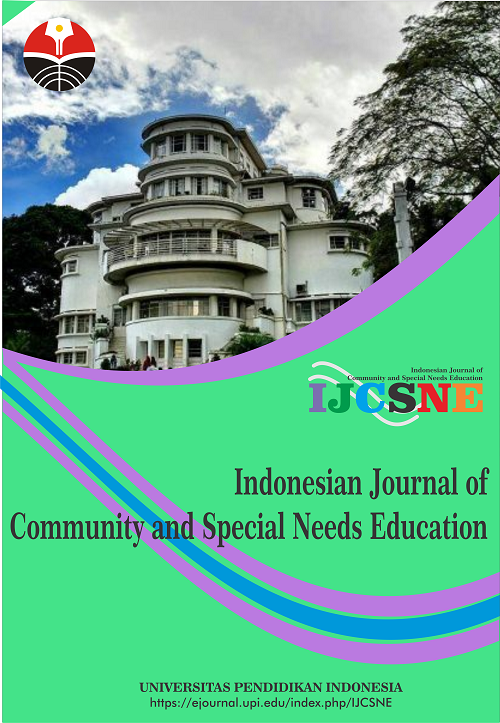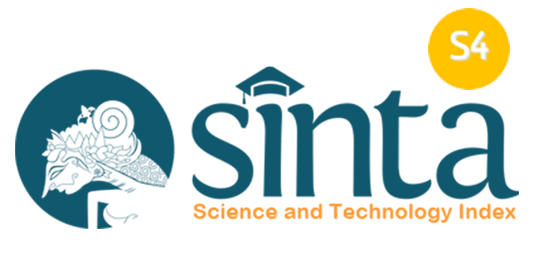Mental Stress Education: The Changes in The Life and Conditions of Patients
Abstract
Keywords
Full Text:
PDFReferences
Bakurova, O. N. (2015). Chuvstvitel'nost' k probleme: psikhologicheskie podkhody k opredeleniyu i izucheniyu [Sensitivity to the problem: psychological approaches to the definition and study]. Vestnik Kaluzhskogo universiteta, [Bulletin of the Kaluga University] 3, .82-90.
Cacciari, C. (2008). Crossing the senses in metaphorical language. The Cambridge Handbook of Metaphor and Thought, 55(4), 425-443.
Ely, R. J., and Meyerson, D. E. (2000). Theories of gender in organizations: A new approach to organizational analysis and change. Research in Organizational Behavior, 22, 103-151.
Feldman, S., and Gellert, P. (2006). The seductive quality of central human capabilities: sociological insights into Nussbaum and Sen's disagreement. Economy and Society, 35(3), 423-452.
Harris, D. and Zeisler St. (2002) Weak signals: Detecting the next big thing. The Futurist, 36(6), 21-29.
Hilborn, R.C. (2004) Sea gulls, butterflies, and grasshoppers: A brief history of the butterfly effect in nonlinear dynamics. American Journal of Physics, 72 (4), 425 427.
Hoang, H., and Boers, F. (2018). Gauging the association of EFL learners’ writing proficiency and their use of metaphorical language. System, 74, 1-8.
Khlebnikova, S. A. (2013). Ispol'zovaniye arkhetipov K.-G. Yunga v tselyakh pozitsionirovaniya territorial'nykh brendov [= Use of archetypes K.-G. Jung for the purpose of positioning territorial brands]. Fundamental'nyye issledovaniya [= Fundamental research], 10(1), 184-187.
Leskov, N. S. (1981). Levsha Sobranie sochineniy [Levsha. Collected works]. Moscow: Pravda, 3, 1-310.
Minigalieva, M. R. (1999) Kognitivnye skhemy i evristicheskie protsessy v sotsial'nom poznanii [Cognitive patterns and heuristic processes in social cognition]. Mir psikhologii [World of Psychology], 3, 37- 46.
Pekar, V. (2010) Raznotsvetnye miry [Colorful Worlds]. Upravlenie personalom in Ukraina [Personnel Management - Ukraine], 10(204), 56 -67.
Scheffer, M., Bascompte, J., Brock, W. A., Brovkin, V., Carpenter, S. R., Dakos, V., Held, H., van Ness, E. H., Rietkerk, M. and Sugihara, G. (2009). Early-warning signals for critical transitions. Nature, 461, 53-59.
Van Rij, V. (2012). Zarozhdayushchiesya tendentsii i «dzhokery» kak instrumenty formirovaniya i izmeneniya budushchego [New Emerging Issues and Wild Cards as Future Shakers and Shapers]. Foresight-Russia, 6(1), 60-73.
DOI: https://doi.org/10.17509/ijcsne.v2i2.45320
Refbacks
- There are currently no refbacks.
Copyright (c) 2022 Universitas Pendidikan Indonesia

This work is licensed under a Creative Commons Attribution-ShareAlike 4.0 International License.















